#hyaena
Text
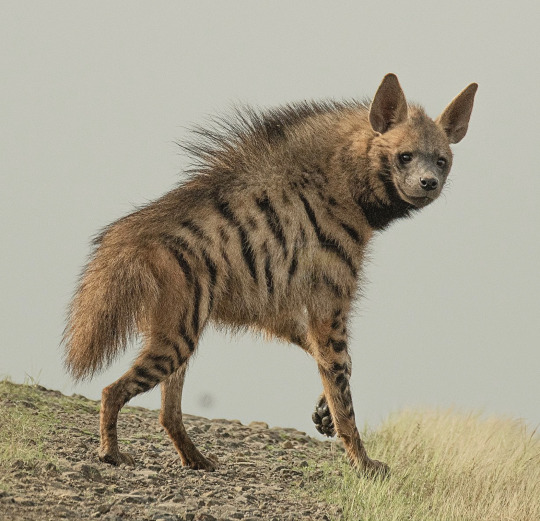
Striped Hyena (Hyaena hyaena), family Hyaenidae, India
Photograph by Rushikesh Deshmukh DOP
1K notes
·
View notes
Text
Proteles cristata
Throughout history, there have been two types of hyenas: bone-crushing hyenas, and dog-like ones. Spotted, striped, and brown hyenas are the bone-crushing type. Of the dog-like hyenas, the aardwolf is the only species left.

Aardwolf means "Earthwolf" in Afrikaans, a language spoken in Southern Africa. Their use of burrows is what earned them the "earth" part of their name. Although wolf is also in its name and it looks very dog-like, aardwolves are not canines. They are the smallest of four hyena species, weighing around 20 pounds (9.07 kg).
Unlike the other hyena species that eat carrion, aardwolves eat insects. If they really need to they can also eat eggs, small mammals, and vegetation, but insects are preferred. Their main insect prey is termites, and they can eat up to 300,000 of them in one night using their long tongues. Their tongues are very sticky as well, with large papillae (those little tongue bumps) and sticky saliva.
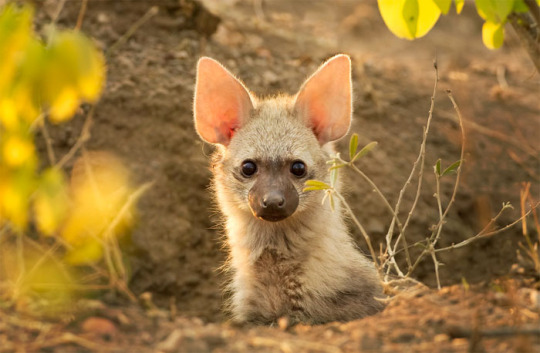
Since they behave differently and are much smaller than other hyena species, scientists used to think aardwolves were not part of the hyena family. With their striped coats, researchers thought they might have even been mimicking the striped hyena.
Aardwolves are found in arid plains of eastern and southern Africa, where they live in burrows dug by aardvarks, springhares, or porcupines. Some dig their own burrows, but taking over an abandoned one is much easier. They sleep in these burrows during the day, coming out at night to hunt for insects and to hang out with friends or whatever.
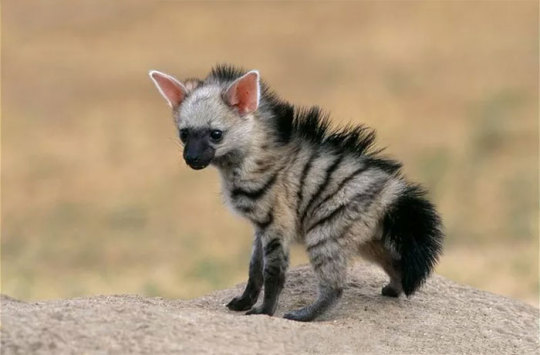

I rate the Aardwolf 15/10. Little cuties :,)

Photo Credits:
(1) Catherine Withers-Clarke (2) Hennie van Heerden (3) H. van den Berg (4) Scott Roberts (5) Klaus Rudloff
#aardwolf#CUTEEEEEEE#little guys#earthwolf#hyena#aardwolves#hyaena#biology#zoology#animals#science#nature#wildlife#african animals#cute animals#animals u should know about#miniature hyena
1K notes
·
View notes
Text

Striped Hyena
56 notes
·
View notes
Text
164 notes
·
View notes
Text
Hyena time!

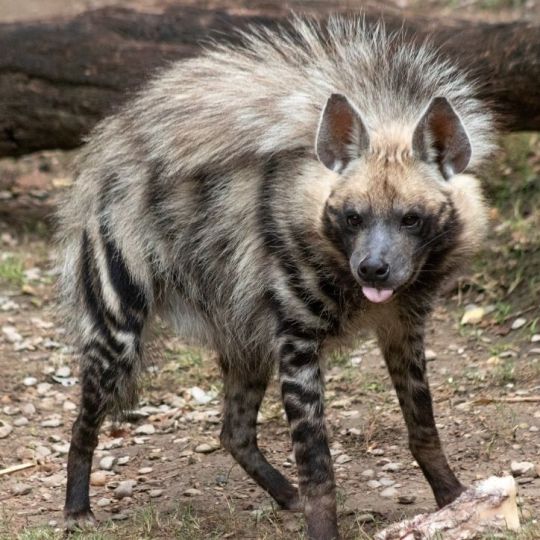

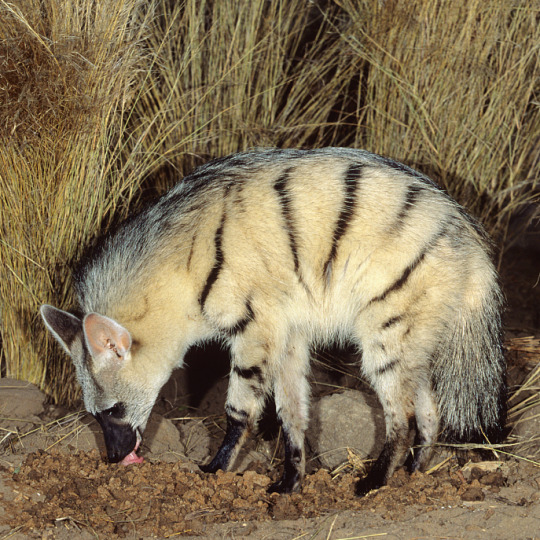
#WHOOOOP#pick your favorite#tumblr polls#poll#my polls#favorite hyena#favorite#hyena#hyenas#spotted hyena#striped hyena#brown hyena#aardwolf#hyaena#crocuta#animal#animals#african animals#carnivore#mammal#favorite animal#furry#hyena furry#hyenakin#gnoll#werehyena
185 notes
·
View notes
Text

He sometimes looks like a spotted hyena, so I draw it.
Under the influence of The Lion King, hyenas are often considered creepy and evil, but they often hunt and eat together in cooperation with other animals.
24 notes
·
View notes
Audio
Siouxsie And The Banshees – Take Me Back
#Siouxsie And The Banshees#hyaena#Take Me Back#Genre: Post-Punk Art Rock#1984#80's#80s#Robert Smith#Robert Smith era#Guitar Keyboards - Robert Smith#Siouxsie Sioux#UK
96 notes
·
View notes
Text



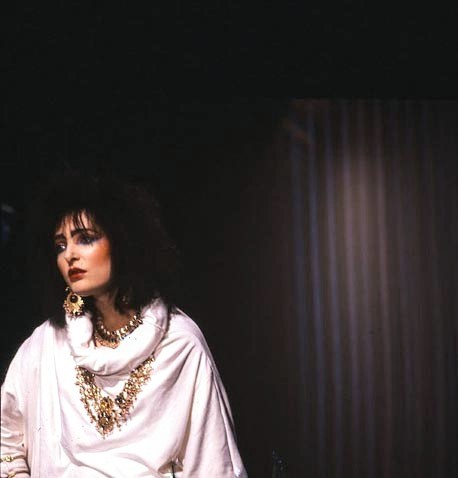


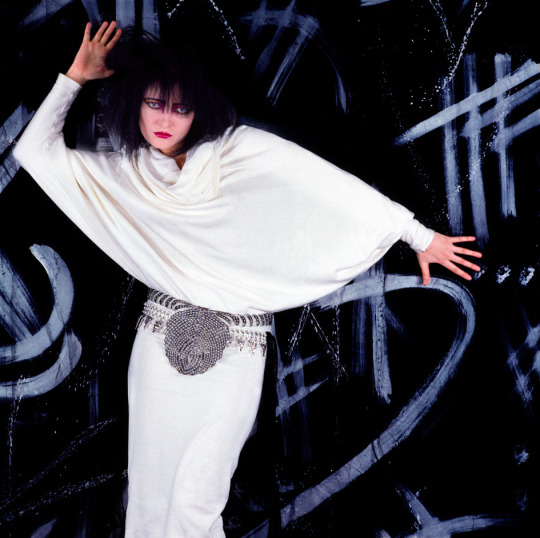
Siouxsie photographed in (1984)


9 notes
·
View notes
Text
Siouxsie and the Banshees. Dazzle, Hyaena. 1984.
#siouxsie#siouxsie and the banshees#siouxsie sioux#music icons#dazzling sound#dazzle#hyaena#Spotify#gothic music
22 notes
·
View notes
Note
totally random but were you aware that hyenas are in fact affected by catnip
That is honestly an amazing fact thank you
183 notes
·
View notes
Text
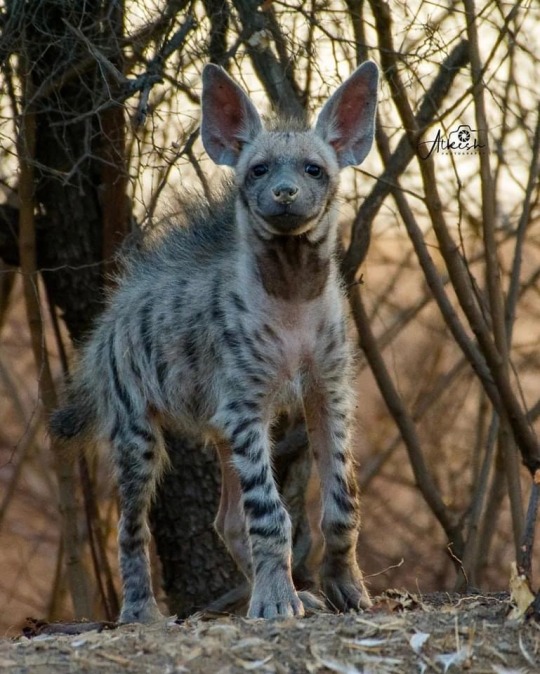
Striped Hyena (Hyaena hyaena) pup, family Hyaenidae, India
Photograph by Atkesh Photography
207 notes
·
View notes
Text
Parahyaena brunnea
Mostly due to habitat loss, brown hyenas are the rarest of the hyena species, with 4-10 thousand individuals in the wild. There are 30-50 thousand wild spotted hyenas, for comparison.
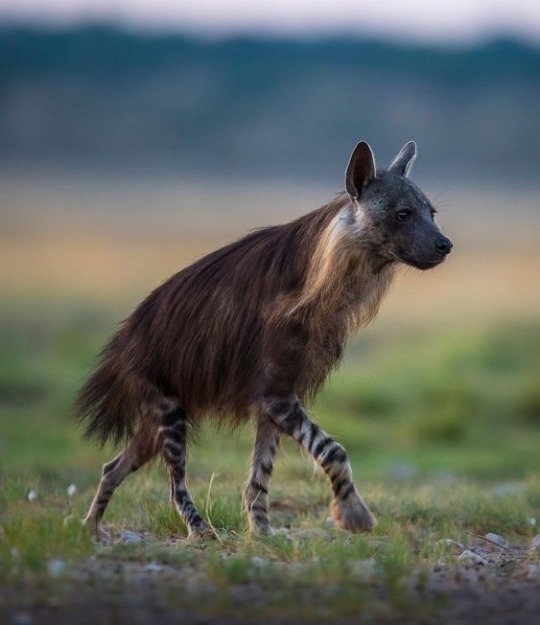
Brown hyenas are also known as strandwolves, which means "beach wolves" in Afrikaans, a language spoken primarily in South Africa. This name was given to them because brown hyenas in coastal areas spend a lot of time walking down beaches in search of food, and maybe to unwind after a long day. Some of the largest brown hyena populations are found in these coastal areas of Southern Africa, but there are also large populations in the Kalahari desert.

Although the name strandwolf suggests it, brown hyenas are not closely related to wolves or other canines. They can resemble canines, but hyenas are more closely related to cats than dogs. Their closest relatives are mongooses and civets. The photo below shows an African civet.
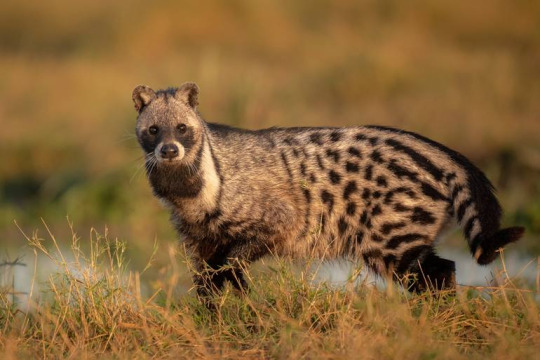
Brown hyenas are generally smaller than striped and spotted hyenas, but they can still get pretty big, weighing up to 90 pounds (40.8 kg). This size and their powerful jaws make them seem like formidable predators, but they're pretty bad hunters. They mostly scavenge for food or steal it from more capable hunters like cheetahs, leopards, and jackals. Since they can digest bones, hooves, horns, hair, and skin, they can basically eat every scrap food they find. Brown hyenas often live in groups, but this scavenging is done on their own.
Their clans are much smaller than those of spotted hyenas, and the structure is more similar to a wolf pack; most hyenas in the group are the offspring of the dominant hyenas. Brown hyenas are very social and form close bonds with other hyenas.
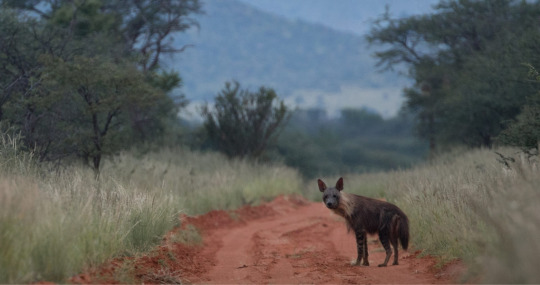
I rate the brown hyena 17/10. I like them. They seem a little bit lazy with their poor hunting skills and walks down the beach


Photo credits:
(1) Christophe Jobic (2) Mario Nonaka (3) Yarin Klien (4) Thilo Beck (5) Johan Swanepoel (6) Joel Sartore
#brown hyena#brown hyenas#hyena#hyenas#animals#biology#nature#science#wildlife#zoology#animal#wild#african animals#hyaena#south africa#Africa
403 notes
·
View notes
Text

Striped Hyena
70 notes
·
View notes
Text
click for better quality

#art#artists on tumblr#my art#artwork#original art#digital art#animals#animal#canidae#canine#painted dog#african wild dog#african painted dog#red fox#fox#ezo red fox#wolf#grey wolf#coyote#hyena#mained wolf#hyaena#canis lupus#vulpes vulpes#lycaon pictus#canis latrans#chrysocyon brachyurus#wildlife#wild dog#small artist
4 notes
·
View notes
Text
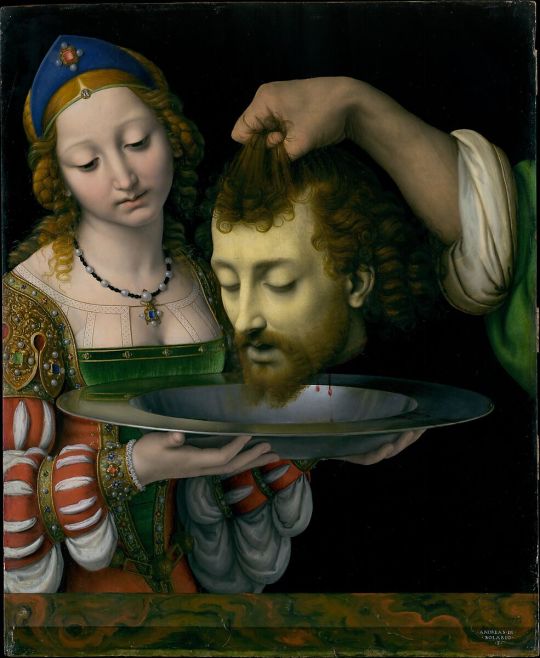
Salome with the Head of Saint John the Baptist
Andrea Solario (Italian, Milan ca. 1465–1524 Milan)
ca. 1507–9
Medium: Oil on wood
Dimensions: 22 1/2 x 18 1/2 in. (57.2 x 47 cm)
At a fateful banquet, Salome was granted one wish by her stepfather, King Herod. Stunningly, she asked for the head of John the Baptist on a platter because he opposed her mother’s marriage to the king. Solario’s unusual composition includes only the hand of the executioner, de-emphasizing his role in the gruesome scene and placing the blame (literally and figuratively) in Salome’s hands. Solario’s style was shaped by his travels. In Venice he encountered Netherlandish influences that were popular in the city. In Milan he was inspired by Leonardo da Vinci’s naturalism and delicate treatment of light. Solario executed this picture in France at the castle of Cardinal Georges d’Amboise, where he worked alongside French and Italian architects and sculptors.
#bring me the head of the preacher man#hyaena#siouxsie and the banshees#siouxsie sioux#salome#1984#salome with the head of john the baptist#salome with the head of saint john the baptist#salome with the head of st. john the baptist#15th century art#16th century art#oil on wood#andrea solario#music#art#opera#obvious tw: severed head#obvious tw: blood#obvious tw: beheaded#religious art#biblical art#post punk#neo psychedelia#art pop#Spotify
5 notes
·
View notes